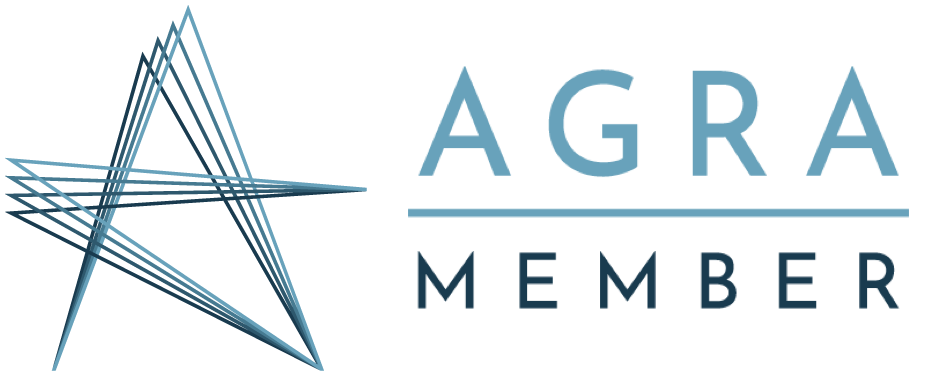Starting Family History: General Register Office (GRO) indexes of Birth, Marriage and Death
As we have just entered 2014 I thought I would start the year with some beginner’s guides for those just starting out with their family history research in England and Wales. Part 1 looks at the General Register or GRO indexes of birth, marriage and death in detail. Next month’s blog will consider birth, marriage and death certificates.
Civil registration was introduced in England and Wales on 1st July 1837. The General Register Office (GRO) was set up in London and England and Wales was divided into just over 600 “registration districts” for ease of administration, each district under the supervision of a “Superintendent Registrar”.
Birth and death registers were completed at the time of registration by a local Registrar. Marriage registers were completed at the time of marriage by a clergyman (Church of England marriages), local Registrar (most nonconformist and all registry office marriages) or nonconformist minister (some nonconformist marriages after 1898). At the end of each quarter (March, June, September, December) the local Registrar (or clergyman) was required to copy out the births, marriages and deaths that had taken place in his sub-district during the preceding three months and send them to the district Superintendent Registrar. The Superintendent Registrar, in turn, forwarded the copies to the Registrar General.
Once the quarterly returns had been received by the GRO they were grouped according to locality and bound into “volumes”. Originally returns were ordered alphabetically by registration district within a volume but in 1852 the volume organisation was changed such that the districts were ordered by proximity to neighbouring registration districts. To form the “GRO index” the details of each birth, marriage and death from all 600+ districts were copied again noting the volume number and page number formed within the volume by that page of returns. After this process had been completed for all returns from all districts the individual entries were sorted into alphabetical order before being copied again to form the GRO indexes for that quarter. Until 1984 this process was repeated four times a year and a separate index exists for each quarter e.g. the index for March 1878 includes all the entries for Jan, Feb and Mar 1878. From 1984 onwards the GRO index was compiled annually. A GRO index reference thus consists of five parts: the individual’s name, the year and quarter of registration (month from 1984 onwards), the registration district, the volume number and the page number.
As is seen above, there were a number of copying stages involved in the creation of the GRO indexes and, inevitably, there were some transcription errors. Some names were misread on the register copies, some missed completely, some indexed under an incorrect district. All of these factors need to be considered when conducting a search of the index. Not finding e.g. a marriage in the GRO index does not mean that it did not occur.
The GRO indexes of births, marriages and deaths are the records that the family historian may search on websites such as FreeBMD, Ancestry and Findmypast. Unfortunately the indexes do not include all of the information from the birth, marriage and death certificates. The only way to establish whether the correct reference has been found is usually to order the certificate. The information included in the GRO indexes up to 1984 is summarised below:
Birth indexes
Sep 1837 – Dec 1865:
- Surname, all forenames in full, registration district, volume, page number
Mar 1866 – Dec 1866:
- Surname, first forename in full and initials of others, registration district, volume, page number
Mar 1867 – Jun 1910:
- Surname, first two forenames in full and initials of others, registration district, volume, page number
Sep 1910 – Jun 1911:
- Surname, first forename in full and initials of others, registration district, volume, page number
Sep 1911 – Dec 1965:
- Surname, first forename in full and initials of others, registration district, volume, page number plus addition of mother’s maiden surname
Mar 1966 – Dec 1983:
- Surname, first two forenames in full and initials of others, registration district, volume, page number, mother’s maiden surname
Marriage indexes
Sep 1837 – Dec 1865:
- Surname, all forenames in full, registration district, volume, page number
Mar 1866 – Dec 1866:
- Surname, first forename in full and initials of others, registration district, volume, page number
Mar 1867 – Dec 1911:
- Surname, first two forenames in full and initials of others, registration district, volume, page number
Mar 1912 – Dec 1983:
- Surname, first two forenames in full and initials of others, registration district, volume, page number plus addition of spouse surname
Death indexes
Sep 1837 – Dec 1865:
- Surname, all forenames in full, registration district, volume, page number
Mar 1866 – Dec 1866:
- Surname, first forename in full and initials of others, registration district, volume, page number plus addition of age of the deceased
Mar 1867 – Jun 1910:
- Surname, first two forenames in full and initials of others, registration district, volume, page number, age of the deceased
Sep 1910 – Mar 1969:
- Surname, first forename in full and initials of others, registration district, volume, page number, age of the deceased
Jun 1969 – Dec 1983:
- Surname, first two forenames in full and initials of others, registration district, volume, page number, date of birth replaces age of the deceased
The most important dates to note are the inclusion of mother’s maiden surname on birth indexes from September 1911, the inclusion of spouse’s surname on marriage indexes from March 1912, the addition of age at death to the death indexes from March 1866 and the addition of date of birth to the death indexes from June 1969.
UPDATE: In 2016 the GRO published its own indexes to birth and death. You can read more here.
Further reading
- M. Herber, Ancestral Trails, 2nd ed., The History Press, 2008
- M. W. Foster, A Comedy of Errors or The Marriage Records of England and Wales 1837-1899, Michael W Foster, 1998
- M. W. Foster, A Comedy of Errors Act 2, Michael W Foster, 2002
- J. Cole & J. Titford, Tracing Your Family Tree, Countryside Books, 2003








